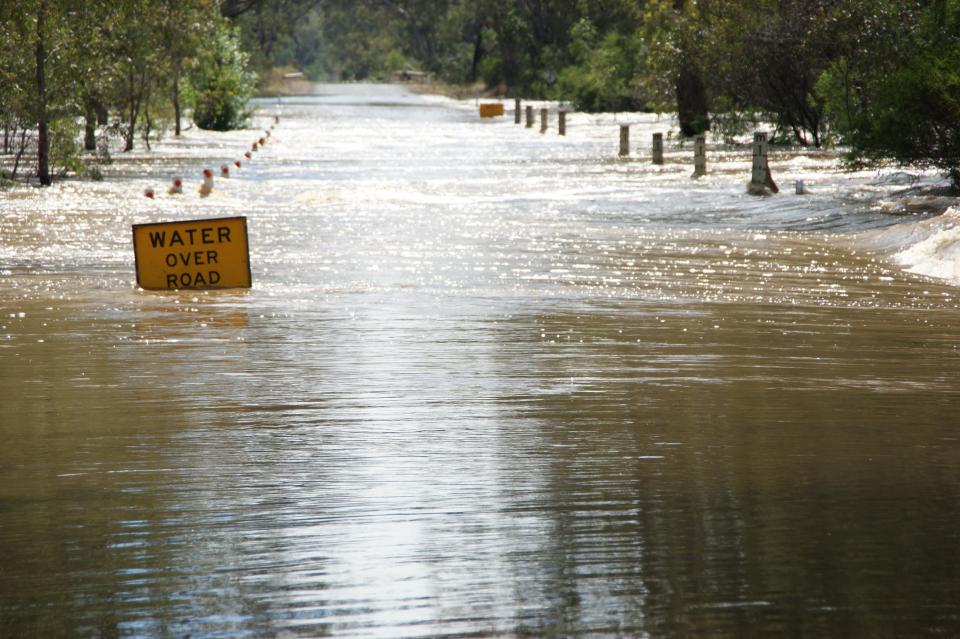
PUBLICATIONS
Published works

Impact of rain gauge quality control and interpolation on streamflow simulation: an application to the Warwick Catchment, Australia
| Title | Impact of rain gauge quality control and interpolation on streamflow simulation: an application to the Warwick Catchment, Australia |
| Publication Type | Journal Article |
| Year of Publication | 2018 |
| Authors | Liu, S, Li, Y, Pauwels, V, Walker, J |
| Journal | Frontiers in Earth Science |
| Date Published | 01/2018 |
| Abstract | Rain gauges are widely used to obtain temporally continuous point rainfall records, which are then interpolated into spatially continuous data to force hydrological models. However, rainfall measurements and interpolation procedure are subject to various uncertainties, which can be reduced by applying quality control and selecting appropriate spatial interpolation approaches. Consequently, the integrated impact of rainfall quality control and interpolation on streamflow simulation has attracted increased attention but not been fully addressed. This study applies a quality control procedure to the hourly rainfall measurements obtained in the Warwick catchment in eastern Australia. The grid-based daily precipitation from the Australian Water Availability Project was used as a reference. The Pearson correlation coefficient between the daily accumulation of gauged rainfall and the reference data was used to eliminate gauges with significant quality issues. The unrealistic outliers were censored based on a comparison between gauged rainfall and the reference. Four interpolation methods, including the inverse distance weighting (IDW), nearest neighbors (NN), linear spline (LN), and ordinary Kriging (OK), were implemented. The four methods were firstly assessed through a cross-validation using the quality-controlled rainfall data. The impacts of the quality control and interpolation on streamflow simulation were then evaluated through a semi-distributed hydrological model. The results showed that the Nash–Sutcliffe model efficiency coefficient (NSE) and Bias of the streamflow simulations were significantly improved after quality control. In the cross-validation, the IDW and OK methods resulted in good interpolation rainfall, while the NN led to the worst result. In terms of the impact on hydrological prediction, the IDW led to the most consistent streamflow predictions with the observations, according to the validation at five streamflow-gauged locations. The OK method performed second best according to streamflow predictions at the five gauges in the calibration period (01/01/2008–31/12/2011) and four gauges during the validation period (01/01/2012–30/06/2014). However, NN produced the worst prediction at the outlet of the catchment in the validation period, indicating a low robustness. While the IDW exhibited the best performance in the study catchment in terms of accuracy, robustness, and efficiency, more general recommendations on the selection of rainfall interpolation methods need to be further explored under different catchment hydrological systems in future studies. |
| URL | https://www.frontiersin.org/articles/10.3389/feart.2017.00114/full |
| DOI | 10.3389/feart.2017.00114 |
| Refereed Designation | Refereed |
| Full Text |
Published Works


